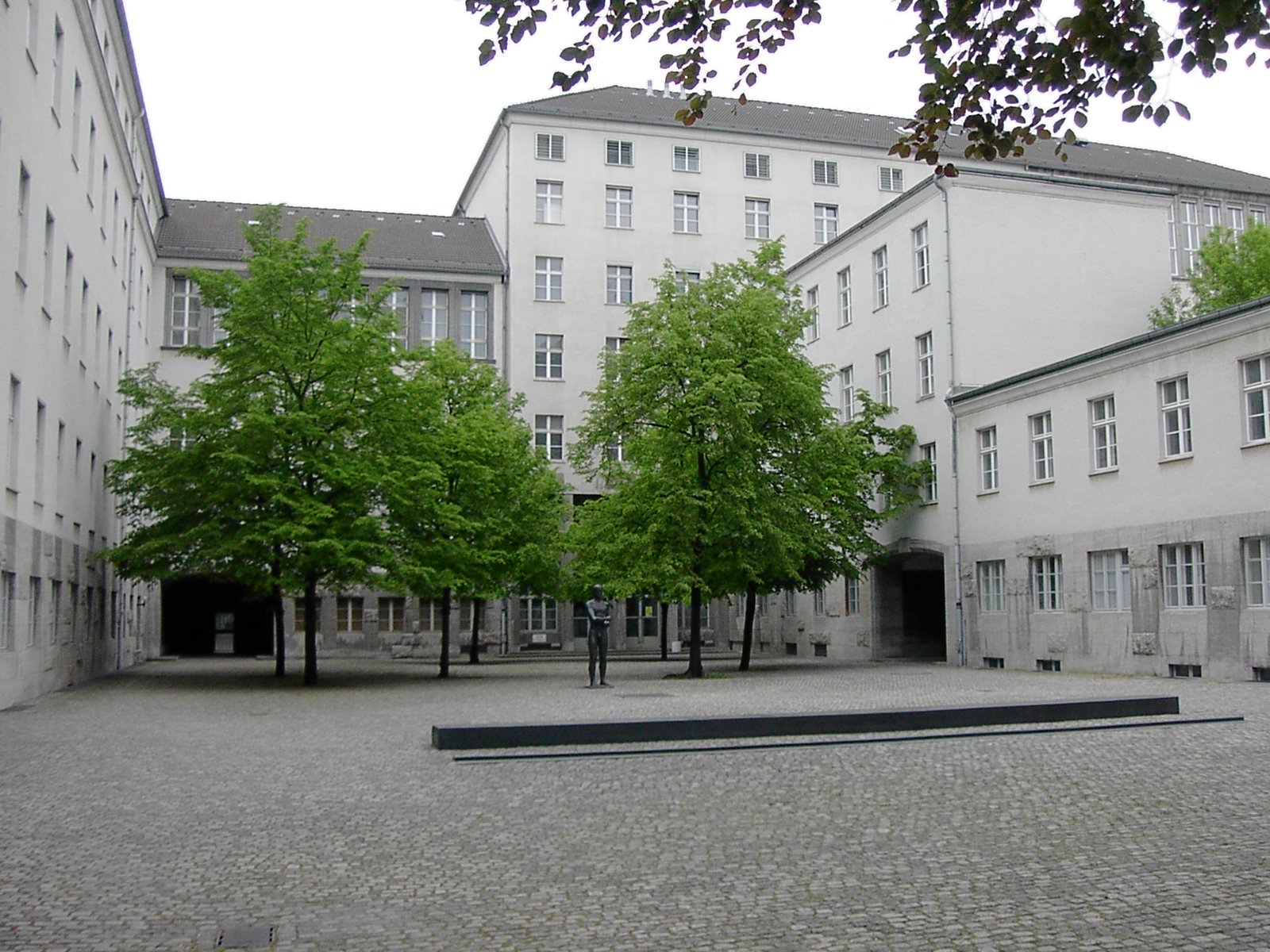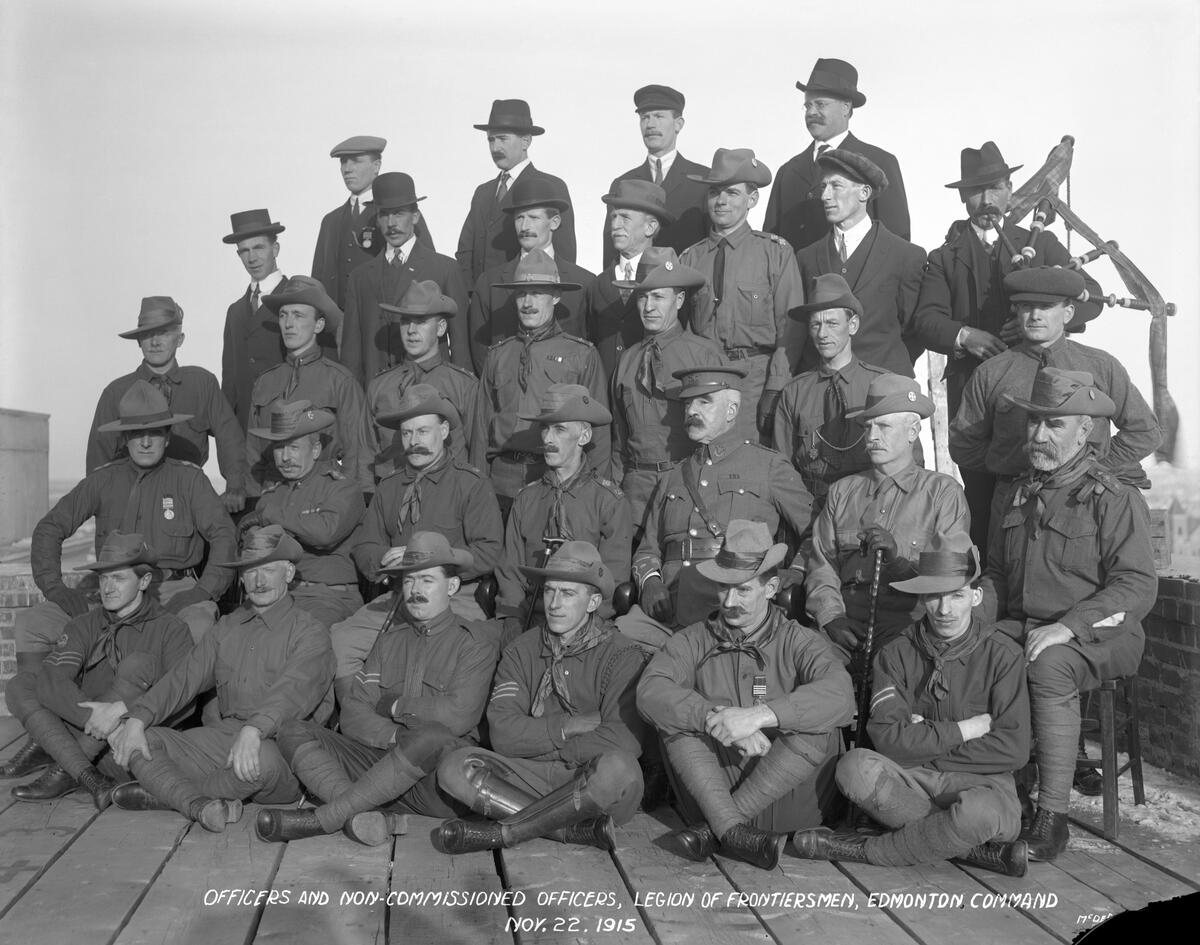|
Reichsbanner Schwarz-Rot-Gold
The (, ''"Black, Red, ndGold Banner of the Reich"'') was an organization in Germany during the Weimar Republic, formed by members of the Social Democratic Party of Germany (SPD), the German Centre Party, and the (liberal) German Democratic Party in February 1924. Its goal was to defend parliamentary democracy against internal subversion and extremism from the left and right, to compel the population to respect the new Republic, to honor its flag and the constitution. Its name is derived from the Flag of Germany adopted in 1919, the colors of which were associated with the Weimar Republic and liberal German nationalism. While the was set up as a multiparty organization, it came to be strongly associated with the Social Democratic Party and viewed as their paramilitary force. The headquarters of the was located in Magdeburg, but it had branches elsewhere. The main opponents were the Communist Party of Germany and their on the left, and the Nazi Party and their ''Sturmabtei ... [...More Info...] [...Related Items...] OR: [Wikipedia] [Google] [Baidu] |
Weimar Republic
The German Reich, commonly referred to as the Weimar Republic,, was a historical period of Germany from 9 November 1918 to 23 March 1933, during which it was a constitutional federal republic for the first time in history; hence it is also referred to, and unofficially proclaimed itself, as the German Republic. The period's informal name is derived from the city of Weimar, which hosted the constituent assembly that established its government. In English, the republic was usually simply called "Germany", with "Weimar Republic" (a term introduced by Adolf Hitler in 1929) not commonly used until the 1930s. After the end of the First World War (1914–1918), Germany was exhausted and sued for peace in desperate circumstances. Awareness of imminent defeat sparked a revolution, the abdication of Kaiser Wilhelm II, formal surrender to the Allies, and the proclamation of the Weimar Republic on 9 November 1918. In its initial years, grave problems beset the Republic, such as h ... [...More Info...] [...Related Items...] OR: [Wikipedia] [Google] [Baidu] |
Reich
''Reich'' (; ) is a German noun whose meaning is analogous to the meaning of the English word " realm"; this is not to be confused with the German adjective "reich" which means "rich". The terms ' (literally the "realm of an emperor") and ' (literally the "realm of a king") are respectively used in German in reference to empires and kingdoms. The ''Cambridge Advanced Learner's Dictionary'' indicates that in English usage, the term " the Reich" refers to "Germany during the period of Nazi control from 1933 to 1945". The term '' Deutsches Reich'' (sometimes translated to " German Empire") continued to be used even after the collapse of the German Empire and the abolition of the monarchy in 1918. There was no emperor, but many Germans had imperialistic ambitions. According to Richard J. Evans: The continued use of the term 'German Empire', ''Deutsches Reich,'' by the Weimar Republic ... conjured up an image among educated Germans that resonated far beyond the institutional st ... [...More Info...] [...Related Items...] OR: [Wikipedia] [Google] [Baidu] |
Beer Hall Putsch
The Beer Hall Putsch, also known as the Munich Putsch,Dan Moorhouse, ed schoolshistory.org.uk, accessed 2008-05-31.Known in German as the or was a failed coup d'état by Nazi Party ( or NSDAP) leader Adolf Hitler, Erich Ludendorff and other leaders in Munich, Bavaria, on 8– 9 November 1923, during the Weimar Republic. Approximately two thousand Nazis marched on the , in the city centre, but were confronted by a police cordon, which resulted in the deaths of 16 Nazi Party members and four police officers. Hitler escaped immediate arrest and was spirited off to safety in the countryside. After two days, he was arrested and charged with treason. The putsch brought Hitler to the attention of the German nation for the first time and generated front-page headlines in newspapers around the world. His arrest was followed by a 24-day trial, which was widely publicised and gave him a platform to express his nationalist sentiments to the nation. Hitler was found guilty of treas ... [...More Info...] [...Related Items...] OR: [Wikipedia] [Google] [Baidu] |
Bundesarchiv Bild 102-08218, Verfassungsfeier, Hörsing Vor Dem Berliner Schloss
, type = Archive , seal = , seal_size = , seal_caption = , seal_alt = , logo = Bundesarchiv-Logo.svg , logo_size = , logo_caption = , logo_alt = , image = Bundesarchiv Koblenz.jpg , image_caption = The Federal Archives in Koblenz , image_alt = , formed = , preceding1 = , preceding2 = , dissolved = , superseding1 = , superseding2 = , agency_type = , jurisdiction = , status = Active , headquarters = PotsdamerStraße156075Koblenz , coordinates = , motto = , employees = , budget = million () , chief1_name = Michael Hollmann , chief1_position = President of the Federal Archives , chief2_name = Dr. Andrea Hänger , chief2_position ... [...More Info...] [...Related Items...] OR: [Wikipedia] [Google] [Baidu] |
Memorial To The German Resistance
The German Resistance Memorial Center (german: Gedenkstätte Deutscher Widerstand) is a memorial and museum in Berlin, capital of Germany. History It was opened in 1980 in part of the Bendlerblock, a complex of offices in Stauffenbergstrasse (formerly Bendlerstrasse), south of the Großer Tiergarten in Tiergarten. It was here that Colonel Claus Schenk Graf von Stauffenberg and other members of the failed 20 July plot that attempted to assassinate Adolf Hitler were executed. Although the memorial is primarily intended to commemorate those members of the German Army who tried to assassinate Hitler in 1944, it is also a memorial to the German resistance in the broader sense. Historians agree that there was no united, national resistance movement in Nazi Germany at any time during Hitler's years in power (1933–45). Joachim Fest describes it as "the resistance that never was." Nevertheless, the term German Resistance (''Deutscher Widerstand'') is now used to describe all e ... [...More Info...] [...Related Items...] OR: [Wikipedia] [Google] [Baidu] |
Nazi Party
The Nazi Party, officially the National Socialist German Workers' Party (german: Nationalsozialistische Deutsche Arbeiterpartei or NSDAP), was a far-right political party in Germany active between 1920 and 1945 that created and supported the ideology of Nazism. Its precursor, the German Workers' Party (; DAP), existed from 1919 to 1920. The Nazi Party emerged from the extremist German nationalist, racist and populist paramilitary culture, which fought against the communist uprisings in post– World War I Germany. The party was created to draw workers away from communism and into nationalism. Initially, Nazi political strategy focused on anti– big business, anti-bourgeois, and anti-capitalist rhetoric. This was later downplayed to gain the support of business leaders, and in the 1930s, the party's main focus shifted to antisemitic and anti-Marxist themes. The party had little popular support until the Great Depression. Pseudoscientific racist theories were ... [...More Info...] [...Related Items...] OR: [Wikipedia] [Google] [Baidu] |
Communist Party Of Germany
The Communist Party of Germany (german: Kommunistische Partei Deutschlands, , KPD ) was a major political party in the Weimar Republic between 1918 and 1933, an underground resistance movement in Nazi Germany, and a minor party in West Germany in the postwar period until it was banned by the Federal Constitutional Court in 1956. Founded in the aftermath of the First World War by socialists who had opposed the war, the party joined the Spartacist uprising of January 1919, which sought to establish a soviet republic in Germany. After the defeat of the uprising, and the murder of KPD leaders Rosa Luxemburg, Karl Liebknecht and Leo Jogiches, the party temporarily steered a more moderate, parliamentarian course under the leadership of Paul Levi. During the Weimar Republic period, the KPD usually polled between 10 and 15 percent of the vote and was represented in the national and in state parliaments. Under the leadership of Ernst Thälmann from 1925 the party became thoroug ... [...More Info...] [...Related Items...] OR: [Wikipedia] [Google] [Baidu] |
Jahrbuch Für Forschungen Zur Geschichte Der Arbeiterbewegung
''Arbeit - Bewegung - Geschichte'' ("''Labour - Movement - History''") is an academic journal covering the history of labour and other social movements. It was established in 2002 as ''Jahrbuch für Forschungen zur Geschichte der Arbeiterbewegung'' ("''Yearbook on Labour History''") and renamed in 2016. Each issue has a main section of historical essays dealing with a variety of subjects such as the history of women's liberation, social movements in general or the antifascist resistance movements in Germany and Europe. Its main focus nevertheless is the history of the international labour and union movements, including organizations such as the Comintern and its member parties as well as social-democratic parties. References External links * Reviewby Andreas Diers in the German daily newspaper ''Neues Deutschland ''Neues Deutschland'' (''nd''; en, New Germany, sometimes stylized in lowercase letters) is a left-wing German daily newspaper, headquarters, headquartered ... [...More Info...] [...Related Items...] OR: [Wikipedia] [Google] [Baidu] |
Paramilitary
A paramilitary is an organization whose structure, tactics, training, subculture, and (often) function are similar to those of a professional military, but is not part of a country's official or legitimate armed forces. Paramilitary units carry out duties that a country's military or police forces are unable or unwilling to handle. Other organizations may be considered paramilitaries by structure alone, despite being unarmed or lacking a combat role. Overview Though a paramilitary is, by definition, not a military, it is usually equivalent to a light infantry force in terms of strength, firepower, and organizational structure. Paramilitaries use "military" equipment (such as long guns and armored personnel carriers; usually military surplus resources), skills (such as battlefield medicine and bomb disposal), and tactics (such as urban warfare and close-quarters combat) that are compatible with their purpose, often combining them with skills from other relevant fields suc ... [...More Info...] [...Related Items...] OR: [Wikipedia] [Google] [Baidu] |
Weimar Constitution
The Constitution of the German Reich (german: Die Verfassung des Deutschen Reichs), usually known as the Weimar Constitution (''Weimarer Verfassung''), was the constitution that governed Germany during the Weimar Republic era (1919–1933). The constitution declared Germany to be a democratic parliamentary republic with a legislature elected under proportional representation. Universal suffrage was established, with a minimum voting age of 20. The constitution technically remained in effect throughout the Nazi era from 1933 to 1945, though practically it had been repealed by the Enabling Act of 1933 and thus its various provisions and protections went unenforced for the duration of Nazi rule. The constitution's title was the same as the Constitution of the German Empire that preceded it. The German state's official name was ''Deutsches Reich'' until the adoption of the 1949 Basic Law. Origin Following the end of World War I, a German National Assembly gathered in the town of ... [...More Info...] [...Related Items...] OR: [Wikipedia] [Google] [Baidu] |
Flag Of Germany
The national flag of Germany is a tricolour (flag), tricolour consisting of three equal horizontal bands displaying the national colours of Germany: Sable (heraldry), black, Gules, red, and Or (heraldry), gold (german: :de:Schwarz-Rot-Gold, Schwarz-Rot-Gold). The flag was first sighted in 1848 in the German Confederation. It was officially adopted as the national flag of the Weimar Republic from 1919 to 1933, and has been in use since its reintroduction in West Germany in 1949. Since the mid-19th century, Germany has two competing traditions of national colours, black-red-gold and black-white-red. Black-red-gold were the colours of the German revolutions of 1848–1849, 1848 Revolutions, the Weimar Republic of 1919–1933 and the Federal Republic (since 1949). They were also Flag of East Germany, adopted by the German Democratic Republic (1949–1990). The colours black-white-red appeared for the first time in 1867, in the constitution of the North German Confederation. This n ... [...More Info...] [...Related Items...] OR: [Wikipedia] [Google] [Baidu] |



